
Heliox: Where Evidence Meets Empathy 🇨🇦
Join our hosts as they break down complex data into understandable insights, providing you with the knowledge to navigate our rapidly changing world. Tune in for a thoughtful, evidence-based discussion that bridges expert analysis with real-world implications, an SCZoomers Podcast
Independent, moderated, timely, deep, gentle, clinical, global, and community conversations about things that matter. Breathe Easy, we go deep and lightly surface the big ideas.
Curated, independent, moderated, timely, deep, gentle, evidenced-based, clinical & community information regarding COVID-19. Since 2017, it has focused on Covid since Feb 2020, with Multiple Stores per day, hence a sizeable searchable base of stories to date. More than 4000 stories on COVID-19 alone. Hundreds of stories on Climate Change.
Zoomers of the Sunshine Coast is a news organization with the advantages of deeply rooted connections within our local community, combined with a provincial, national and global following and exposure. In written form, audio, and video, we provide evidence-based and referenced stories interspersed with curated commentary, satire and humour. We reference where our stories come from and who wrote, published, and even inspired them. Using a social media platform means we have a much higher degree of interaction with our readers than conventional media and provides a significant amplification effect, positively. We expect the same courtesy of other media referencing our stories.
Heliox: Where Evidence Meets Empathy 🇨🇦
Metastability: The Role of Laughter
Read (or listen to) the accompanying article on Substack
In today's episode we explore the multifaceted nature of laughter, examining its philosophical underpinnings and neuroscientific mechanisms. It discusses classical theories of humor, such as superiority, relief, and incongruity, and how they relate to both voluntary and involuntary laughter. The authors propose a convergent approach to studying laughter, integrating philosophical perspectives with modern neuroimaging techniques like fMRI and fNIRS, to investigate how laughter influences brain dynamics and cognitive states, particularly metastability which represents cognitive flexibility. Ultimately, the paper suggests that laughter is not only a subject of inquiry but also a valuable tool for fostering interdisciplinary collaboration between neuroscience and philosophy, drawing parallels to the study of curiosity.
References: Laughter as a Subject and a Tool for Interdisciplinary Investigations in Philosophy and Neuroscience
This is Heliox: Where Evidence Meets Empathy
Independent, moderated, timely, deep, gentle, clinical, global, and community conversations about things that matter. Breathe Easy, we go deep and lightly surface the big ideas.
Thanks for listening today!
Four recurring narratives underlie every episode: boundary dissolution, adaptive complexity, embodied knowledge, and quantum-like uncertainty. These aren’t just philosophical musings but frameworks for understanding our modern world.
We hope you continue exploring our other podcasts, responding to the content, and checking out our related articles on the Heliox Podcast on Substack.
About SCZoomers:
https://www.facebook.com/groups/1632045180447285
https://x.com/SCZoomers
https://mstdn.ca/@SCZoomers
https://bsky.app/profile/safety.bsky.app
Spoken word, short and sweet, with rhythm and a catchy beat.
http://tinyurl.com/stonefolksongs
Curated, independent, moderated, timely, deep, gentle, evidenced-based, clinical & community information regarding COVID-19. Since 2017, it has focused on Covid since Feb 2020, with Multiple Stores per day, hence a large searchable base of stories to date. More than 4000 stories on COVID-19 alone. Hundreds of stories on Climate Change.
Zoomers of the Sunshine Coast is a news organization with the advantages of deeply rooted connections within our local community, combined with a provincial, national and global following and exposure. In written form, audio, and video, we provide evidence-based and referenced stories interspersed with curated commentary, satire and humour. We reference where our stories come from and who wrote, published, and even inspired them. Using a social media platform means we have a much higher degree of interaction with our readers than conventional media and provides a significant amplification effect, positively. We expect the same courtesy of other media referencing our stories.
This is Heliox, where evidence meets empathy. Independent, moderated, timely, deep, gentle, clinical, global, and community conversations about things that matter. Breathe easy, we go deep and lightly surface the big ideas. You know that feeling, right? That sudden, almost involuntary burst of laughter. Oh yeah. It just bubbles up. Maybe you snort a bit. Tears might even prick your eyes sometimes. Happens to the best of us. We all do it constantly. But, I mean, how often do we actually stop and think about what's really going on? Is it just a knee-jerk thing? Or is there something, you know, much deeper happening in our brains and bodies? That's a fantastic question. And it's one that's fascinated thinkers for centuries, really. Right. And now neuroscientists are finally getting the tools to really dive deep into it. It's pretty remarkable how something so universal can be so incredibly complex under the hood. Absolutely. So today we're doing a deep dive into the secret life of laughter. We've gathered, well, a really compelling set of sources, everything from classic philosophy, think Bergson, Critchley. Big names. Exactly. All the way to cutting edge neuroscience research. Yeah. And our mission really is to explore laughter from all these angles, the philosophy, the neural stuff. And there's this bold new idea, too. That laughter isn't just something we study, but it might actually be a powerful tool for scientific discovery itself. Okay, that's intriguing. A tool. Yeah. So get ready to maybe rethink everything you thought you knew about a simple giggle. All right, let's do it. So first off, we need to recognize laughter isn't just one simple thing, right? Right. It's a really multifaceted phenomenon, a complex set of behaviors with tons of different causes, functions, effects. I mean, philosophers from Aristotle to Kant were interested, and now neuroscientists, psychologists, ethologists, they're all trying to decode it. And what's really interesting from the sources is that researchers have basically identified two main types of human laughter, and they sound and apparently even feel quite different. Yeah, that distinction is key. So first, there's what they call involuntary or Duchenne laughter. Duchenne, yeah, like the smile. Exactly. Think about when you're genuinely tickled or, you know, a joke just lands perfectly and you just can't help but roar. At a real belly laugh. That's the one. And apparently this kind of laughter, it often has more tonal variety, a lower average intensity. But, and this is crucial, it's seen as way more authentic. Right. And it's physiological markers that things happening in your body. They're closely linked to genuine emotional responses. It's the real deal, like you said. Okay, so that's the spontaneous kind. What's the other one? Right. So then we have voluntary or non-Duchenne laughter. This is the laughter we kind of deploy intentionally in social settings. The polite chuckle. Exactly. Or, you know, laughing to build rapport, ease tension, that kind of thing. Acoustically, it tends to sound more nasal and, well, maybe less emotionally engaging. It's more of a signal. A social performance almost. Pretty much. It's signaling rather than expressing that raw, spontaneous emotion. Okay, that makes a lot of sense. So would you say then that most of the laughter we actually do is, well, voluntary, socially motivated? Overwhelmingly, yes. Human laughter is profoundly social. It's deeply embedded in how we interact, in our language, and it usually needs some kind of reciprocity. Reciprocity. How so? Well, unlike, say, some primate vocalizations, our laughter often expects a response, or at least happens between people. That back-and-forth element seems pretty unique to us. Huh. And here's where it gets even more interesting, right? Because laughter can apparently be completely disconnected from actual humor. Absolutely. The sources point this out clearly. Someone's intention when they laugh, well, it can be quite different from what it looks like on the surface. Like using it to deceive someone. Exactly. Intentional deception is one example. So it's definitely not always just a simple, honest reaction to funny stuff. It's a sophisticated social tool we wield. Which I guess brings us right back to that big question. If it's so many things, what's its fundamental purpose? Philosophers have been chewing on this one for ages. They really have. And those classic philosophical theories summarized by thinkers like Moriel, they give us these different lenses to look through. And importantly, they're not always mutually exclusive. Right, they can overlap. So what are the main ones? Well, one of the oldest is the superiority theory. You see this with folks like Plato, Hobbes. Okay. The idea here is that laughter often comes from feeling a sense of triumph or, well, superiority, either over other people or maybe even laughing at our past selves, you know, feeling we've moved beyond that. So like a little burst of, huh, I'm better than that. Kinda, yeah. It can be a pretty powerful, sometimes maybe even a bit unsettling expression of social standing or triumph. Okay, what else? Then you've got the relief theory. Thinkers like Herbert Spencer, Sigmund Freud. Freud, okay. Makes sense he'd be interested. Right. This perspective suggests laughter is basically a physical release. You build up psychological tension or energy, and laughter is the valve that lets it out. Like getting tickled, the tension builds, and then poof. Laughter. Exactly. Tickling is a classic example. You get that buildup, the laughter is the release, and you feel relief afterwards, a natural pressure valve. Got it. And the third one. The third major one is the incongruity theory. This is linked to philosophers like Pascal, Kant, Schopenhauer. So what's incongruous? It's when we perceive something that clashes with our expectations. A mismatch, a surprise, something absurd or out of place. That violation of what we expect triggers the laugh. Like the punchline of a joke switching things up. Precisely. Or again, tickling that unexpected sensation in a weird spot is a kind of sensory incongruity. Okay, so superiority, relief, incongruity. They all seem to capture part of it. But you mentioned Berkson earlier. R. Bergson's Lerier, how does he fit in? Ah, Bergson is fascinating. His work from 1900, Lerier, offers this kind of hybrid view. He saw laughter as fundamentally human and deeply social. Okay. His big idea was that laughter serves to correct rigidity in behavior. This kind of links back to the superiority idea, but in a social way. Correct. Rigidity, like stop people being robotic. Exactly. He famously said something like, The comic is this side of the body which resembles a thing. Laughter is precisely that correction. Laughter is a social gesture. It's like society's way of nudging us back towards being flexible, adaptable humans. Huh. That's a really interesting take. Does it connect to relief, too? Yeah, subtly. Bergson also suggested laughter reduces social tensions. It brings malleability to the rigidity of the social fabric, as he put it. It loosens things up. And we laugh at things that are human or remind us of the human, like the example of a dog dancing. Right, because it highlights that contrast, the mechanical showing up and living, or the unexpected humanity and the non-human. That clash, that incongruity tied to life is what he thought was key. Okay, so Birx and Weiss things together. What about more modern takes? Psychology must have theories, too. Oh, yeah. Psychology offers the benign violation theory. It's quite popular now. Benign violation, it sounds like. It means laughter happens when some kind of norm, expectation, or rule is violated, but crucially in a way that feels safe or non-threatening. Ah, okay. So breaking a rule, but nobody gets hurt. Pretty much. It's that sweet spot between threat and safety. And there was another one mentioned, Plesner, embodied phenomenology. That sounds intense. It is a bit deeper, yeah. Plesner looked at our physical experience. His insight was that laughter comes from this momentary breakdown in our unique human condition, what he called our eccentric positionality. Eccentric positionality? What's that? It's this idea that we are both a body living inside it, feeling it, and we also have a body we're aware of it, almost from the outside. Laughter, for Plessner, is when that control, that balance, momentarily shatters. Like a loss of control. Exactly. The body takes over, reveals its own autonomy for a second. And that temporary loss of control, he argued, is what actually connects us to the world, makes us open to it. He said the laughing person is open to the world. Disengaged in this way, man tries to engage others. Wow. So laughter isn't shutting down, it's opening up. In his view, yes. It's a bridge. And Simon Critchley, the contemporary philosopher. Right. Chrisley adds another layer focusing on collective laughter. He argues it needs a kind of social congruity within the group. People need to be on the same page, understand the context. Makes sense. And he quotes this philosopher comedian Eddie Waters saying a real joke has to do more than release tension. It has to release will and desire. It has to change the situation. Change the situation? How? Well, the idea is that genuine shared laughter, especially at a joke that maybe challenges things a bit, can actually shift perspectives. It can modify or reinforce how a group sees the world. That's powerful. Laughter as a force for change almost. Potentially, yeah. Okay, so we've got these rich philosophical ideas, but what's actually happening upstairs? What does neuroscience tell us? Well, here's the first hurdle. Studying laughter production, the act of laughing in the brain, is actually really challenging for neuroscientists. What is that? The main issue is movement. Traditional brain imaging, like fMRI, requires people to stay incredibly still. But laughing, well, it involves your head moving, your chest shaking. Right, lots of jiggling. Exactly. And all that movement creates artifacts in the fMRI data, basically noise that makes it hard to see the real signal. Okay, so if fMRI struggles with the doing of LASTER, how do researchers get around that? They rely on other approaches, things like direct brain stimulation studies, often done during surgery for other reasons, and observations from clinical cases, like people with specific types of brain damage. And what have those methods shown? They've revealed something really fascinating. There seem to be distinct neural pathways for different kinds of laughter, mirroring that voluntary-involuntary split we talked about. Okay, so the brain itself distinguishes. It seems so. They found evidence for laughter with mirth laughter that comes with that genuine feeling of joy. The Duchenne kind, maybe? Likely, yes. Stimulating certain areas like parts of the temporal lobe or deeper structures involved in reward like the nucleus accumbens and subthalamic nucleus can trigger this joyful laughter. Wow. They can just turn on joy and laughter. In some cases, yes. There are reports from Parkinson's patients undergoing deep brain stimulation, where stimulating the subsiamic nucleus made them laugh with genuine amusement. Some patients even described an uncontrollable and inexplicable urge to laugh, coupled with a sensation of joy when a specific part of their prefrontal cortex was stimulated. That's incredible, like finding the joy button. So what's the other kind then? Laughter without mirth? Exactly. Stimulating other areas, particularly regions closer to the motor cortex, like the supplementary motor area, can elicit the physical act of laughter, but without that accompanying feeling of joy or amusement. So the body laughs, but the mind isn't necessarily finding anything funny. Precisely. It highlights this dissociation between the motor act and the emotional experience. Really complex. So have they managed to map out specific networks for these? Broadly, yes. The network for involuntary laughter, the mirthful kind, seems to involve areas like that pregenual anterior cingulate cortex we just mentioned, parts of the temporal lobe, and crucially, the nucleus accumbens, which is a key part of the brain's reward system. Uh-huh. The pleasure center. Right. And this fits really well with other findings that social laughter actually increases the release of endogenous opioids, the brain's natural feel-good chemicals. So genuine laughter feels rewarding. Okay, that makes sense. And the voluntary network. That seems to involve areas more related to planning and executing movements, like the frontal operculum and the primary motor cortex. And these two networks, the voluntary and involuntary, are thought to interact possibly via another motor planning area called the pre-supplementary motor area. Okay, complex interplay there. Does this change as we get older? There's some evidence, yeah. Studies looking at how people perceive laughter listening to it rather than producing it show some age differences. Younger people tend to show more activity in that reward circuit, the nucleus accumbens. So maybe laughter feels more rewarding when you're younger. Possibly. While older participants, in some studies, show stronger activation in what's called the default mode network, or DMN. The DMN that's involved in. Things like self-reflection, mind-wandering, thinking about the past or future. So maybe older adults process laughter in a slightly more reflective way. It's still being explored. Okay. So we've gone from mapping specific spots to thinking about these broader networks. And you mentioned Critchley again about laughter being a bodily matter. Yes. His description of it as an explosion expressed with the body. Comparing it to crying or orgasm, these sort of convulsive events where you briefly lose self-control that really sets the stage for the next shift. Which is? Moving beyond just localization, find the spot for X towards understanding global brain dynamics, how the whole brain system behaves and changes state. And embracing embodied cognition. Embodied cognition, meaning? Meaning understanding that thinking isn't just abstract computation in the brain, but it's deeply tied to our bodies, our senses, our actions in the world. And this means really needing those rich first-person descriptions of experience alongside the brain scans. Okay, so looking at the bigger picture, the whole brain's behavior, how do you measure that? One really promising concept here is metastability. Metastability. Sounds technical. It is a bit. It comes from dynamical systems theory. But basically, you can think of it as a measure of the brain's flexibility. It reflects the balance between different brain areas working together, integration, and working independently, segregation. So high metastability means? High medastability means the brain is more flexible. It can explore a wider range of states more easily. It's not stuck in one mode. It can transition smoothly between different patterns of activity. And does this flexibility relate to how we think or feel? Absolutely. There's growing evidence that medastability changes depending on the cognitive state. For example, it tends to be lower when you're really focused on a specific task. Less flexible then. Right. But it's higher during things like watching movies or even just resting compared to intense focus. High on metastability is linked to greater cognitive flexibility, the ability to adapt, learn, be creative. Okay, I think I get it. More flexible brain state. Exactly. And this leads to this idea of maybe two fundamental modes the brain operates in. It's an online mode with reduced metastability, where you're tightly coupled to your environment focused on doing stuff, and an offline mode with increased metastability, where you're decoupled, allowing for reflection, planning, creativity, daydreaming perhaps? And that offline flexible mode sounds like the opposite of that rigidity Bergson talked about. Precisely. You see the connection. Higher metastability equals more cognitive flexibility, less rigidity. This is really cool because it sounds like we can actually use this metastability idea to test those philosophical theories we talked about earlier. That is exactly the idea behind what some researchers are calling the laughter hypothesis. Using metastability, measured with neuroimaging, to make concrete, testable predictions based on philosophical concepts. Okay, hit me with the predictions. What does the hypothesis say? Okay, prediction one. During involuntary laughter, that genuine, spontaneous kind metastability is predicted to be higher than just resting state brain activity. Why high? Because it fits with the incongruity theory processing something unexpected, breaking a pattern, and Bergson's idea of correcting rigidity. Both imply a need for increased cognitive flexibility, which would be reflected in higher medastability. Okay, that makes sense. What about the relief theory? That leads to prediction two. After laughing, particularly after that involuntary mirthful laughter, medastability should increase even further. Even higher than during the laugh itself. Why? Because the relief theory posits a release, leading to a relaxed state. This could correspond to that offline, decoupled, highly flexible brain state associated with pleasure cycles and detachment after the event. Wow. Okay, so we can actually look for these changes in brain flexibility. But wait, if fMRI has movement issues, what tool are they using? Ah, this is where another technology comes in handy. Functional near-infrared spectroscopy, or FNIRS. FNIRS. How's that different? It also measures brain activity by looking at blood flow changes, but it uses light shown through the skull. Crucially, it's much less sensitive to movement artifacts than fMRI So you can study people laughing naturally? Much more easily, yes You can even use it on people who are moving around Or even interacting with each other There's a technique called hyperscanning Where you record from two people at once Perfect for studying social laughter That's brilliant But how do you know if the laughter you're measuring Is that genuine involuntary kind? How do you capture the mirth part? That is absolutely critical And it comes back to what we said about embodied cognition. The neuroimaging data alone isn't enough. You need the person's experience. Exactly. The sources really stress the need for careful first-person descriptions. Researchers have to ask participants during the experiment, what did that feel like? Was it funny? Why was it funny? What was your emotional state? So combining the brain data with the subjective experience. It's the only way to really get the full picture, to understand the rich phenomenology of laughter. It's a true blend of objective measurement and subjective reporting. Okay, this brings us to that really provocative idea you mentioned at the start, that laughter isn't just something to study, but maybe a tool for science itself. Yes. It's a fascinating proposal. The idea draws a parallel between laughter, or maybe humor more broadly, and curiosity. Curiosity drives science, obviously. Right. And just like curiosity helps us challenge assumptions and pushes us towards creativity, The argument is that humorous laughter can do something similar. It helps correct intellectual rigidity. Breaks down old ways of thinking. Potentially, yes. It could help break old conceptual molds, open up space for new ideas, and spontaneous laughter, shared laughter. It builds connections, fosters affiliations. And it can reveal those epistemic tensions. What are those? Those are basically the underlying disagreements or misunderstandings, maybe unspoken assumptions that can exist between different fields or perspectives. Laughed can sometimes bring those to the surface, but in a lighthearted way that doesn't feel confrontational. Ah, like laughing at a shared misunderstanding makes it easier to address. Exactly. And that connects back to Critchley's point about a true joke changing the situation. Remember he quoted Mary Douglas. Yeah, something about jokes playing with form. Right. She said, A joke is a play upon form that affords an opportunity for realizing that an accepted pattern has no necessity. A good joke can make you see that the way things are isn't the only way they could be. So laughing together at a joke that questions norms, it unites people and makes it okay to question things. That's the idea. It creates this shared space where assumptions can be examined, maybe even challenged, without things getting too heavy. And this sounds incredibly useful for, say, interdisciplinary work, like getting neuroscientists and philosophers who might have very different approaches to work together better. Absolutely. The sources mention this explicitly. These collaborations can be tense, right? Different jargon, different priorities. Laughing together, especially being able to laugh at yourselves, at the inevitable incongruities and misunderstandings that pop up. Yeah. It just makes the whole atmosphere lighter. Lowers the defenses. Precisely. It helps overcome those barriers and fosters a real exchange. One source used a great analogy. It's like a game where you throw the ball and the other person catches it and throws it back. It builds that rhythm of interaction and mutual understanding. So laughter literally helps build bridges between different ways of thinking. That's the exciting possibility, yeah. It's not just noise, it's part of the collaborative process. Wow, what a journey we've taken then. From, you know, ancient Greek philosophers wondering why we chuckle. Right, through mapping intricate brain networks. To exploring these global brain states with concepts like metastability. And now landing on this idea of laughter as an actual tool. Something that can help us be more creative and collaborative in science itself. It really makes you see it differently, doesn't it? It's so much more than just a reaction. Absolutely. It's this deeply embodied, profoundly social, and incredibly complex neurological event with real implications for how we understand ourselves and connect with each other. So maybe the next time you share a good laugh with someone, think about it for a second. It's not just the joy you're feeling, right? There are these subtle, powerful shifts happening in your brain's flexibility, maybe, and definitely in the social connection between you. Could it be that through all this shared laughter, we're not just connecting, but we're actually kind of collectively tweaking our understanding of the world one giggle at a time? It's a fascinating thought to end on. Thanks for listening today. Four recurring narratives underlie every episode. Boundary dissolution, adaptive complexity, embodied knowledge, and quantum-like uncertainty. These aren't just philosophical musings, but frameworks for understanding our modern world. We hope you continue exploring our other podcasts, responding to the content, and checking out our related articles at heliocspodcast.substack.com.
Podcasts we love
Check out these other fine podcasts recommended by us, not an algorithm.

Hidden Brain
Hidden Brain, Shankar Vedantam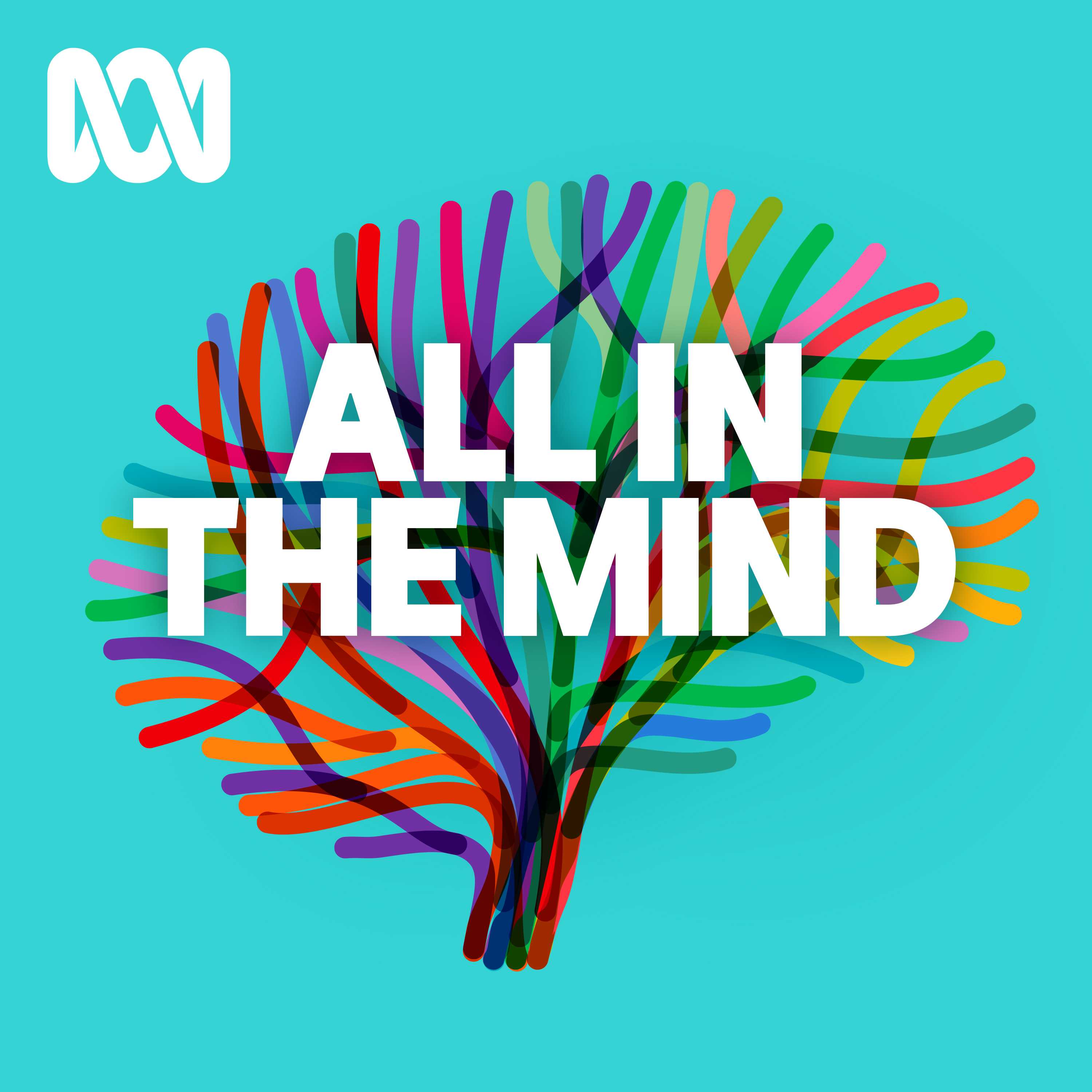
All In The Mind
ABC listen
What Now? with Trevor Noah
Trevor Noah
No Stupid Questions
Freakonomics Radio + Stitcher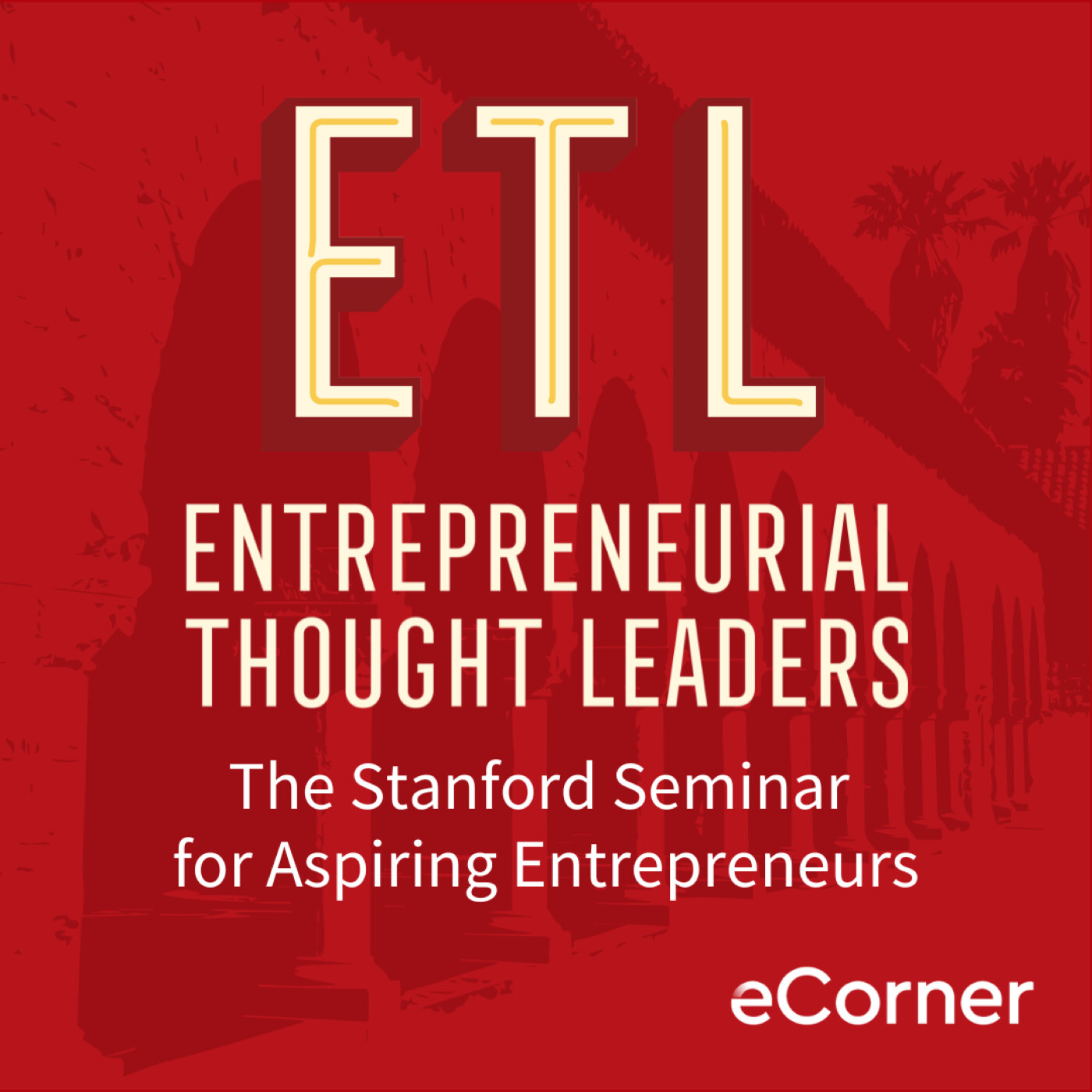
Entrepreneurial Thought Leaders (ETL)
Stanford eCorner
This Is That
CBC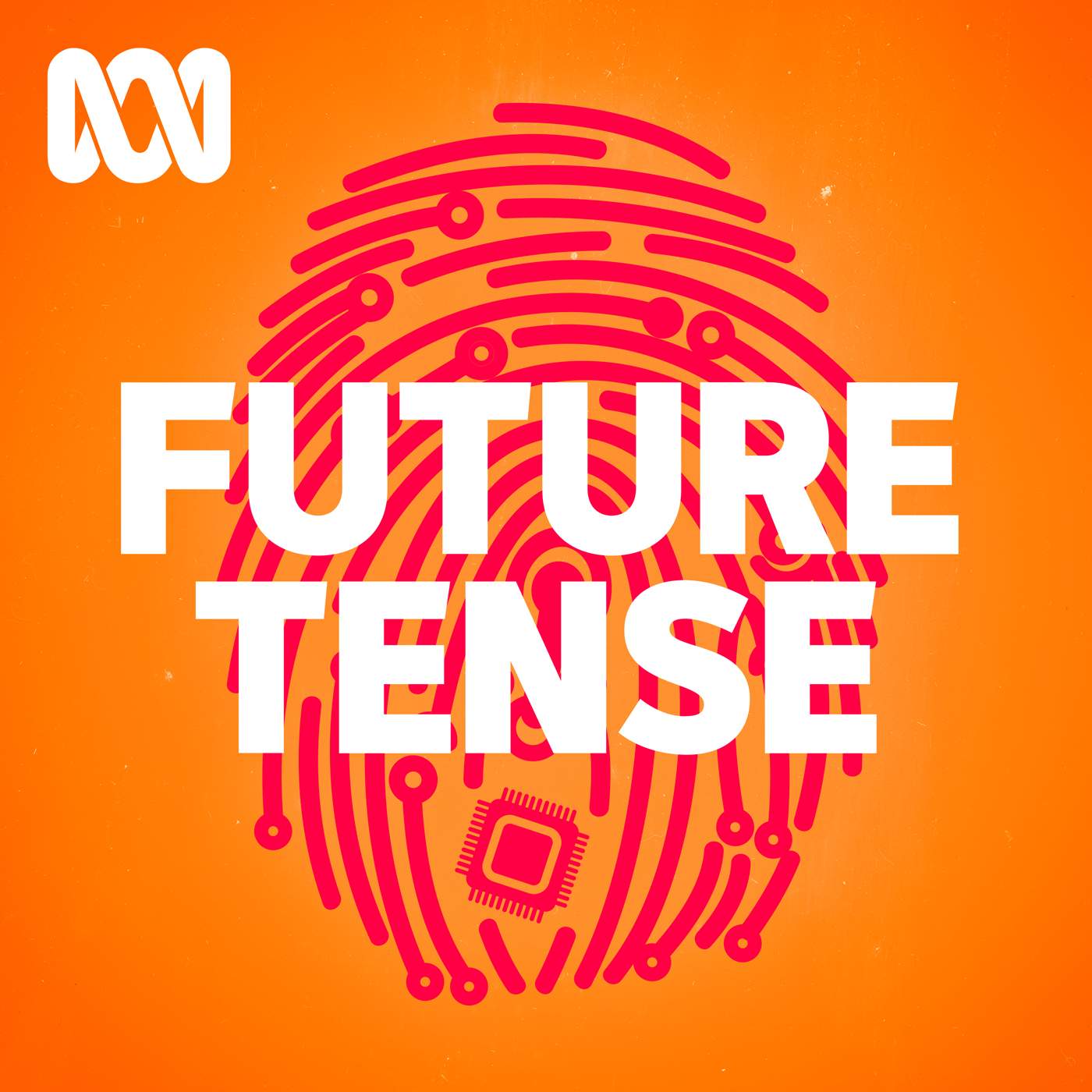
Future Tense
ABC listen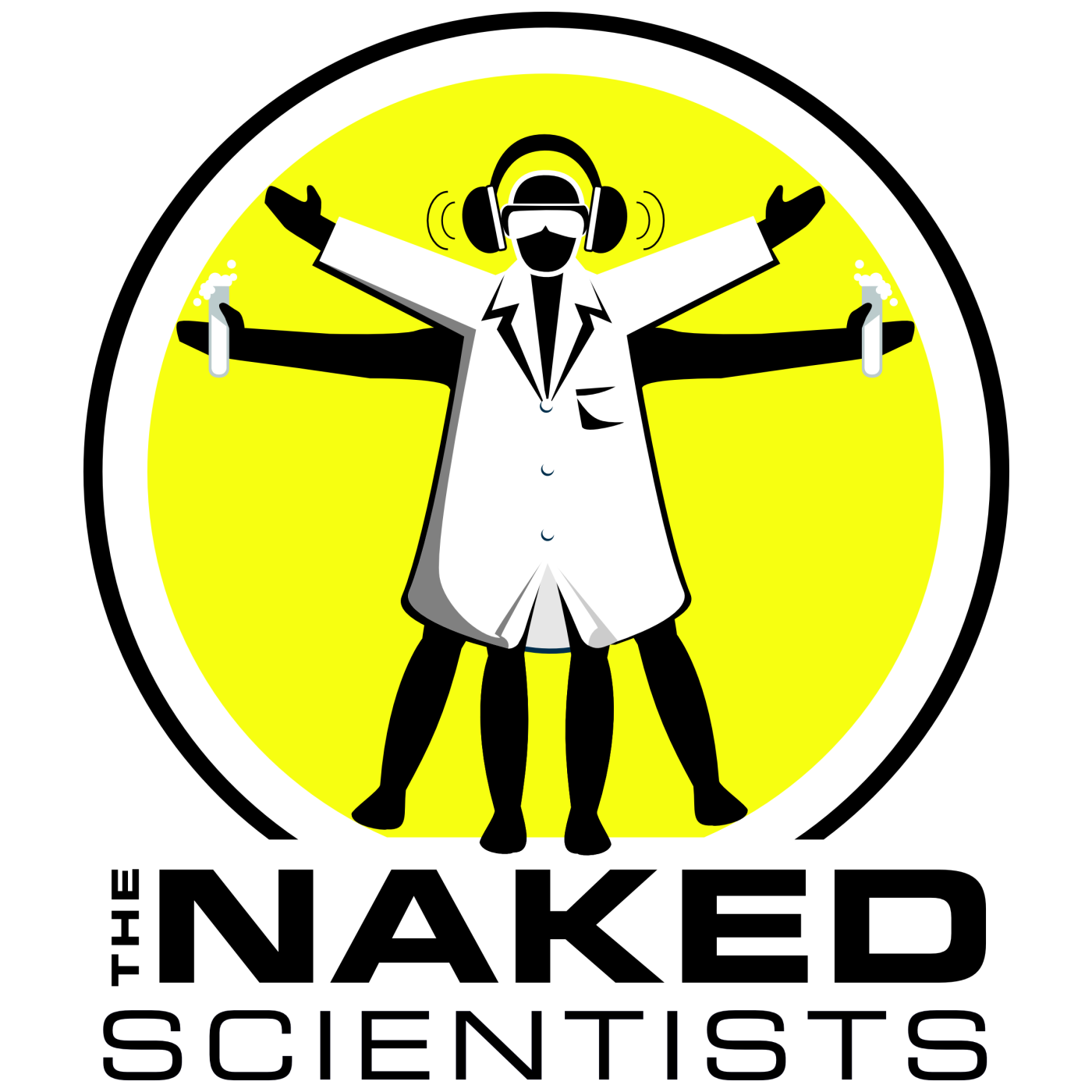
The Naked Scientists Podcast
The Naked Scientists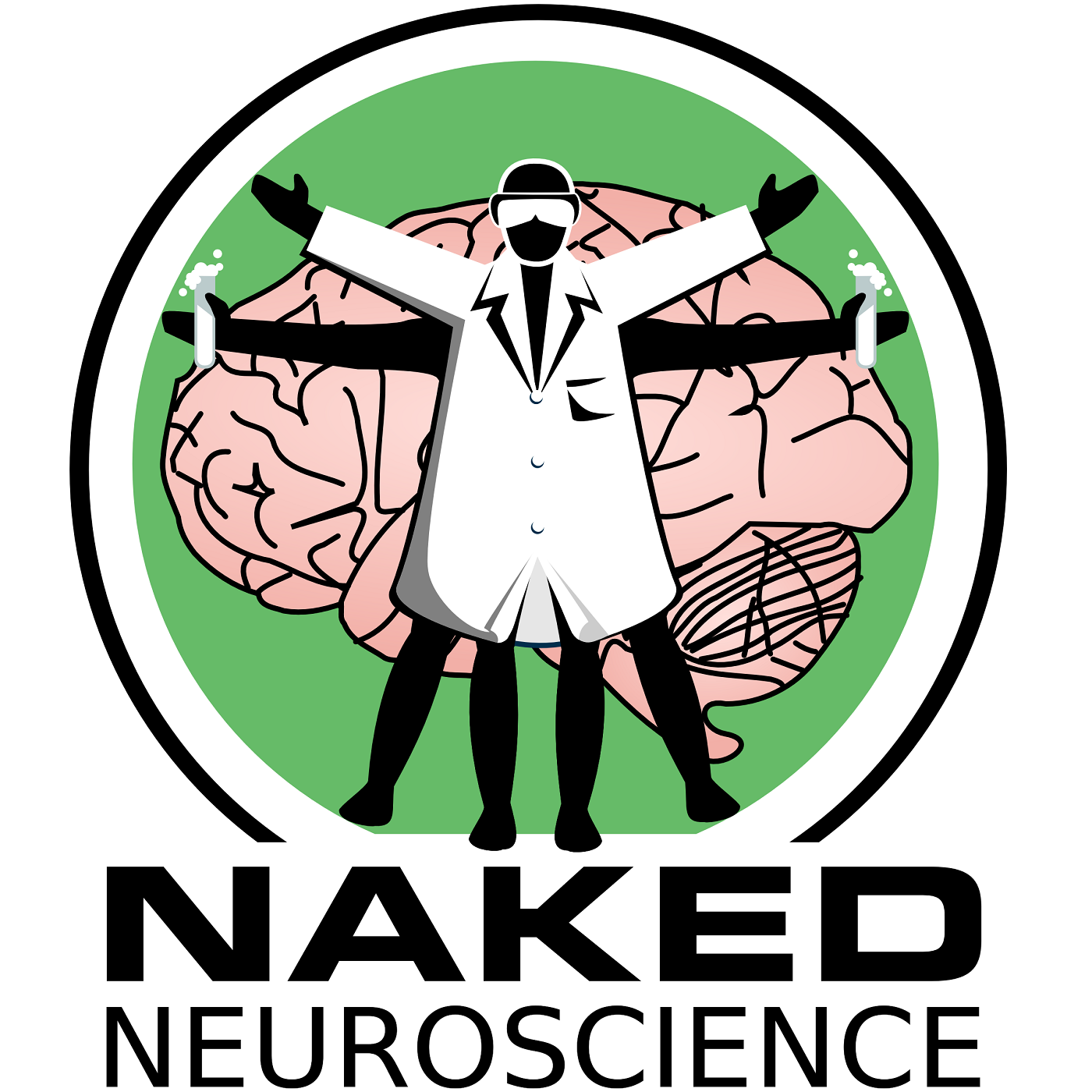
Naked Neuroscience, from the Naked Scientists
James Tytko
The TED AI Show
TED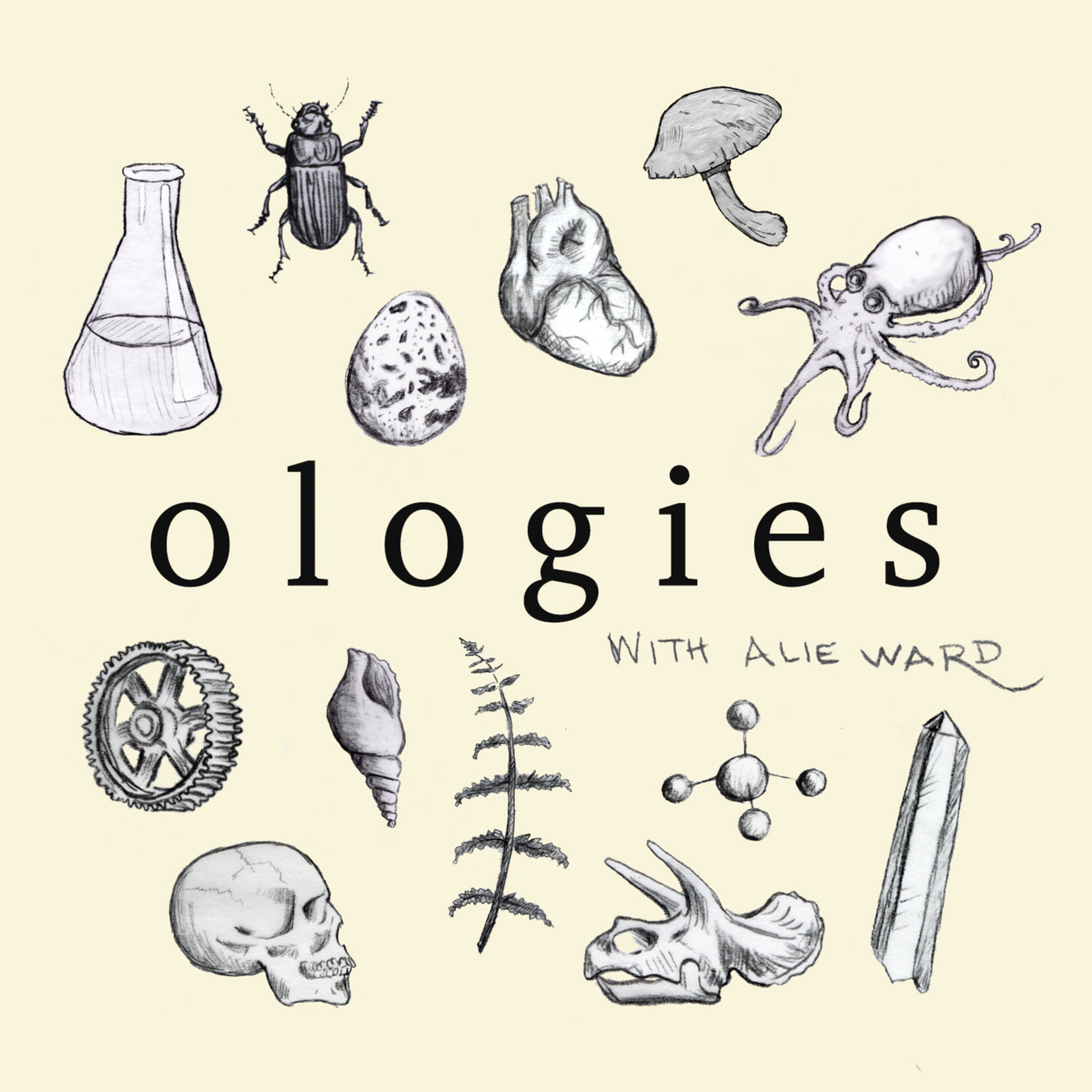
Ologies with Alie Ward
Alie Ward
The Daily
The New York Times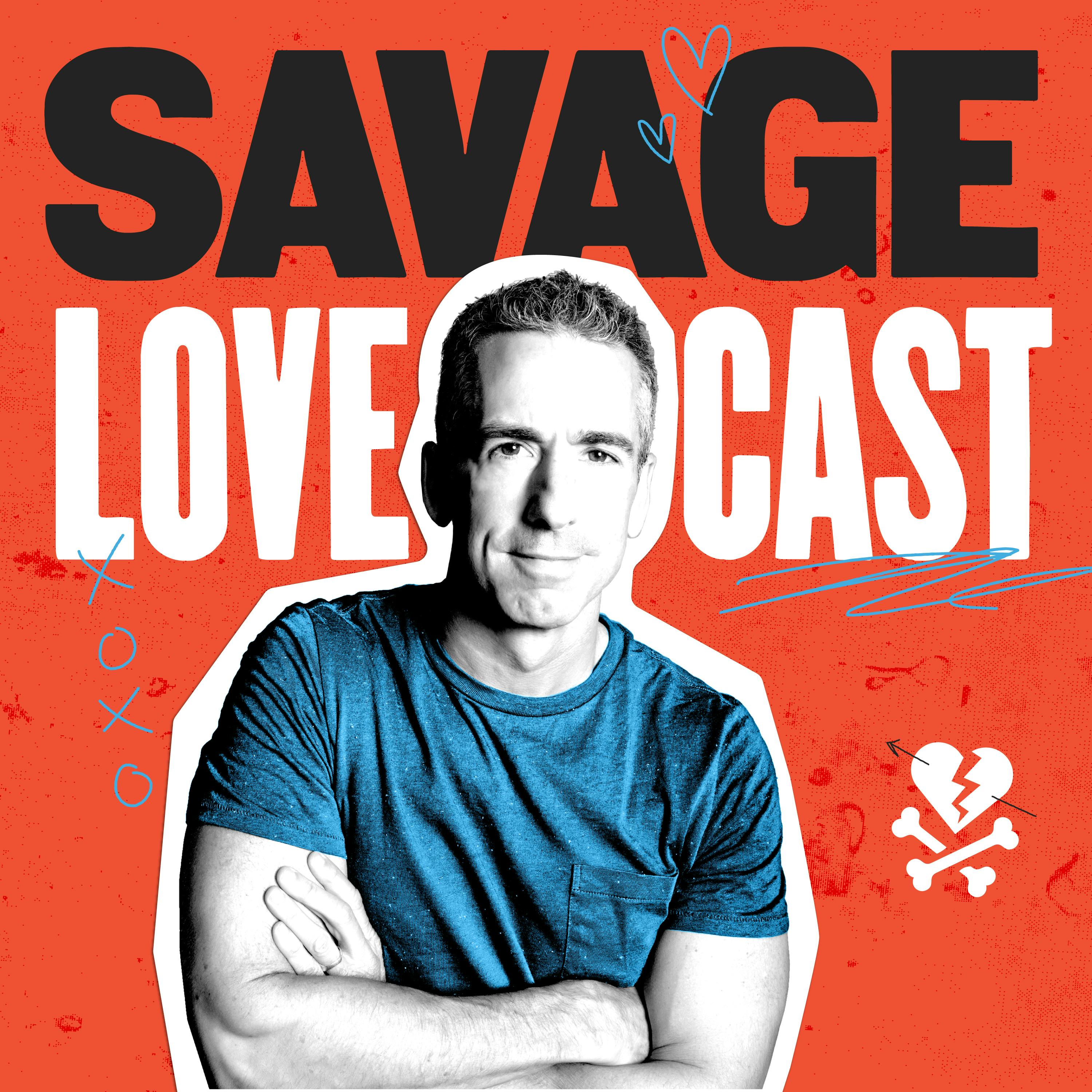
Savage Lovecast
Dan Savage
Huberman Lab
Scicomm Media
Freakonomics Radio
Freakonomics Radio + Stitcher
Ideas
CBCLadies, We Need To Talk
ABC listen

